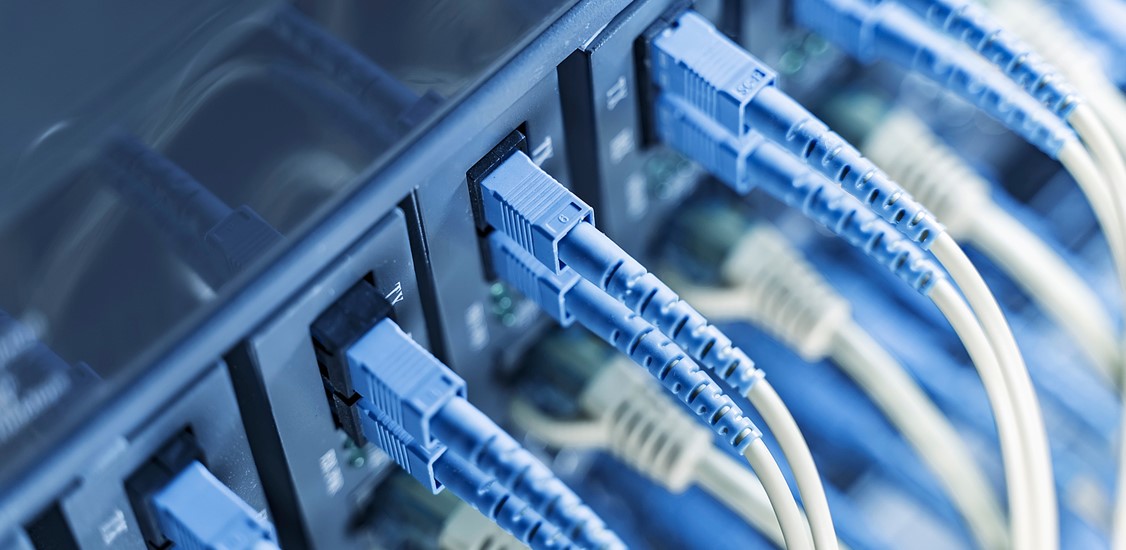No matter where you look, 2022 will be a banner year for fiber deployments. Record amounts of federal and state funding are flowing into new fiber deployments while service providers of all stripes are investing their own capital in response to consumer demand and local market competition. Even MDU property owners are investing in fiber as residents seek 21st century connectivity alongside in-unit washer and dryers.
#1: "I feel the need the need for speed," Maverick, Top Gun
Deployment speed is key in 2022 with the number of homes passed a metric every service provider will be measured on, and success affecting executive team bonuses to Wall Street valuations. Complete access to federal and state broadband funding requires hitting milestones on or ahead of schedule, impacting co-ops, municipal, and commercially driven projects equally.
Technology development needs to continue to evolve given the huge goals the industry is seeing within the private sector and from the coming influx of broadband funding from the federal and state levels. These numbers, such as Frontier wanting to pass 10 million homes in the next five years, mean that increasing deployment speed for fiber deployments and customer installations will have to improve if we are to serve everyone in a timely fashion rather than making them wait months on end.
Innovation is all about improving velocity for deployment and doing things creatively to allow service providers to roll out fiber deployments faster to win. Installation needs to focus on being very craft-friendly, keeping it simple, requiring less training but still providing solid, repeatable connectivity.
With improved fiber cabinet design and construction, you can install twice the number of cabinets in a week by using in-cassette splicing eliminating the splice case, only having to splice once on site, not twice. A service provider can place twice as many cabinets at the same time with the same amount of people, doubling efficiency through the use of appropriate technology to speed up installations.
#2: A continuing MSO wave
Cable MSO fiber deployments, driven by Tier 2 and 3 carriers, was up by more than 50 percent in FY 21. Smaller operators are more agile in switching technologies. Two years ago, many of them made the decision to migrate to all fiber networks and fiber to the home, eliminating node splits. The smaller the MSO network, the more likely the switch.
We’re starting to see the larger Tier 1 MSOs move to all-fiber networks and some are already messaging this in some territories for defensive purposes. It’s going to be all about defending your base, especially as cable subscribers continue to grow in 2022, but at a decreasing rate. The best way to defend your base is to deploy better networks, which is where fiber to the home wins over whatever else is out there. Fiber has less maintenance, lower power consumption, and is the only available media that will support symmetrical 10G and faster speeds, which is where the cable industry says it is going.
#3: 5G matures
Cellular carriers have made huge investments in frequency and Wall Street wants to see results. The upcoming year will see 5G move beyond enhanced mobile broadband and get into massive machine to machine (M2M) and IoT. In addition, O-RAN is moving into the mainstream, displacing proprietary hardware and joining the growth of disaggregated open-source networks built using SDN and NFV.
Both factors along with the renewed rollout of fixed-wireless networks will drive more fiber as will the continued expansion of 5G services across the nation from urban-dense areas into other markets. Fixed-wireless networks serving the last mile don’t get to the last mile without gigabit-level fiber providing the highway to get there.
Complementing 5G O-RAN and further driving fiber deployments in the cellular world is the emergence of edge computing. Edge data centers, regardless of where they are positioned in the network, will require 10 Gbps of connectivity or more locally and 100 Gbps going back to the cloud to meet the demands for lower latency. As applications evolve, the requirements for more speed and still lower latency will continue.
#4: MDUs upgrade for the 21st Century
Multi-tenant dwellings (MDUs) are the last bastion for fiber penetration. It’s easy to go into homes and businesses and put fiber into new building projects, but existing MDUs are problematic. Because they are challenging, they get the lowest priority with different solutions for low-rise garden-style apartments, mid-rise buildings, and high-rise buildings.
We’ve seen demand for re-cabling high-rise buildings and those are basically fiber to the home, moving from a horizontal to a vertical framework. We’ve introduced some new products for that model this past year to help providers, builders, and building owners to fully transition to fiber. Carriers serving the MDU market have demonstrated the ability to reduce fiber installation times by half, using products tailored to the needs of in-building installations.
Another driver for MDU fiber, especially in urban areas, is 5G where cellular networks are going to need antenna placements. You need a fiber connection to the antenna to deliver gigabit-class speeds. This means you have fiber starting in the basement, going through the risers, all the way to the roof to antennas and potentially on a per-floor basis for in-building coverage. If you start pulling fiber in this scenario, you might as well do the entire building.
#5: Filling the fiber deployment pipeline
The demonstrated need for universal broadband in unserved and underserved areas along with growth in the cable, cellular, and MDU sectors won’t be met overnight. In response to increased demand over the past 18 months and projected needs in the next five years, the fiber industry is gearing up for sustained heavy volume over the long term.
Near-term, there continue to be two distinct challenges with the supply chain. Depending on where materials are sourced and what they are, there have been shortages and delays; chips are the poster child example of a key component that may delay shipment of equipment. Some analysts have recommended a forward-leaning strategy of ordering early and planning to store items until they are needed rather than using a just-in-time approach for critical items.
Shortages of key components and a rise in the cost of shipping, both international and domestic, is increasing hardware costs. Everyone is having pay a bit more to a lot more to move goods from point A to point B, with the greatest impact seen in ocean shipping. Understanding your supplier’s supply chains was once a nicety for large businesses but has now become increasingly necessary for any large fiber project.
Meeting demand will require service providers to anticipate potential delays and simplify the process of fiber deployment. By smoothing out the process of fiber connection and taking advantage of the latest techniques to increase the rate of installations, carriers should be to double their installation rates.




















